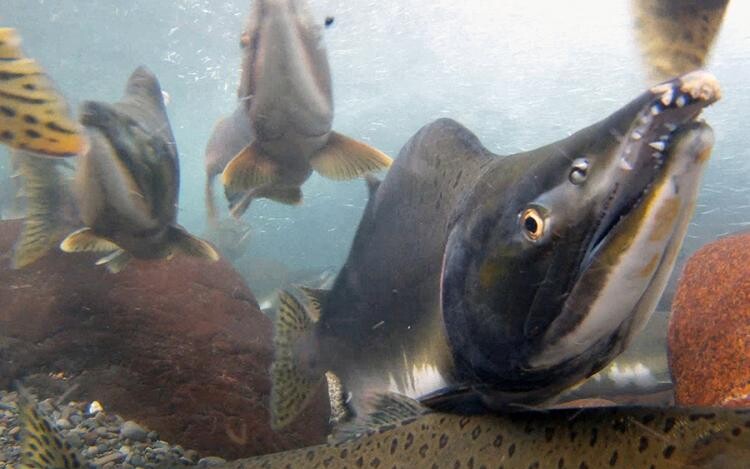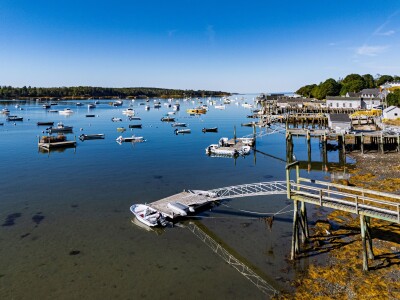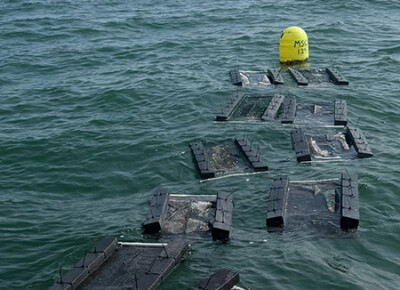Entering an off year, Alaska’s pink salmon fishery is forecasted to have an average-sized harvest in 2024.
Alaskan fishermen caught 152.4 million pink salmon in the 2023 season, valued at USD 113.7 million (EUR 103.5 million), far above the prediction of 122 million fish. According to the Alaska Department of Fish and Game (ADF&G), due to the species’ two-year life cycle, the coming season will see a lower harvest of around 19 million fish – about average, it said in its 2024 pink salmon forecast for Southeast Alaska.
“The 2024 harvest forecast of 19 million pink salmon is just below the recent 10-year average even-year harvest of 21 million pink salmon,” it said. “A harvest of 19 million pink salmon would be near the parent year harvest in 2022 (18.3 million) and would be higher than the last four even-year harvests.”
ADF&G acknowledged it has had difficulty with its odd-year forecasts. It said pink salmon runs were generally larger than expected throughout the species range, from the U.S. state of Washington, through the Gulf of Alaska, and all the way to Russia, which harvested 478,000 metric tons of pink salmon in its summer season. It cited the early timing of the 2022 trawl surveys and “exceptional marine survival once juvenile pink salmon left Southeast Alaska inside waters” as the primary reasons for the discrepancy between its 2023 forecast and what actually happened during the season.
“Although forecast performance has been relatively good for even-years, odd-year forecast performance has been poor recently and the Southeast Alaska pink salmon harvest of nearly 48 million in 2023 greatly exceeded the preseason harvest forecast of 19 million fish,” it said. “Despite the uncertainties that surround every salmon forecast, the track record of our pink salmon harvest forecasts has been relatively good, especially considering the difficulties unique to forecasting pink salmon runs. The department will manage the 2024 commercial purse seine fisheries in-season based on the strength of salmon runs.”
Despite the robust runs in 2023, low prices and demand forced several Alaska processors, including Trident Seafoods, to end their seasons early, foregoing the harvesting of several million additional pink salmon eligible to be caught. Prices paid to Alaska fishermen for pink salmon in 2023 were about half what they were paid in 2021, according to ADF&G data.
“In August, Prince William Sound purse-seine fisheries were impacted by the statewide salmon market collapse. This resulted in a quality-driven market where processors only bought fish from certain areas based on flesh quality, and adjusted prices accordingly,” it said in its 2023 Prince William Sound Salmon Season Summary. “The season ended on 26 August when all processors stopped buying purse seine-caught salmon, this abrupt closure was about five days earlier than anticipated; typically, processors quit buying fish on or around 1 September.”
Trident CEO Joe Bundrant and Trident Senior Vice President Jeff Welbourn wrote in an August 2023 letter to fishermen the company’s decision was based partially on the robust Russian salmon season.
“Last week, Russia harvested pink volume equivalent to the entire Alaska pink annual forecast, and they have shown a willingness to offload inventory at very low prices in part to fund the war in Ukraine,” they wrote. “We haven’t seen a collapse in value like this since the 1990s when pinks went well under USD 0.10 [EUR 0.09] a pound.”
Alaska Seafood Marketing Institute Executive Director Jeremy Woodrow concurred with Trident’s assessment.
“Russia’s selling their salmon at a much lower price in the global markets,” Woodrow told Alaska Public Media. “Last report I saw, they’re likely going to catch double of what Alaska’s salmon harvest will be.”
Alaska’s chum salmon fishery, which accounted for USD 74.6 million (EUR 67.9 million) in value in 2023 on a harvest of 23.5 million fish, is also facing competition from Japan, according to Woodrow.
“Japan’s Hokkaido chum salmon fishery has returned after several years of being down and so that’s added actually more chum salmon to the market as well,” Woodrow said.
Trident Seafoods dropped the price it was paying for chum salmon from USD 0.60 (EUR 0.55) to USD 0.20 (EUR 0.18) in August.
“Trident is actively managing internal costs so we can return as much value as possible to our fishermen during this period,” it said in its 5 August letter.
Cutbacks by processors led to a decline in seafood industry jobs in Alaska in 2022, according to the Alaska Department of Labor and Workforce Development, and that slide is expected to continue in 2023.
“While most Alaska industries have fully or partially rebounded from their pandemic job losses – including construction and tourism, which are also seasonal – seafood harvesting has continued to lose jobs,” it said. “So far in 2023, few signs point to a reversal of the downward trend in fishing jobs.”
In 2019, nearly 4,600 boats fished for salmon, Alaska's most labor-intensive harvest, but in 2022, it was just under 4,100, the study found. Declines in salmon fisheries across the state, such as the Kuskokwim River, have also factored into the job losses, though the appearance of salmon in Arctic rivers could create new fisheries in the state.
One bright spot, according to the Copper River Prince William Sound Marketing Association, was Alaska's 2023 Copper River salmon season, which it said “wrapped up on a high note” in September. ADF&G reported the Copper River salmon run was above preseason forecast, with 10,432 king salmon and 855,202 sockeye landed.
“The positive fishing conditions coincided nicely with what has been a celebratory year for the fleet,” the association said in a 29 November press release.
In announcing a holiday promotion for Copper River salmon, the association’s executive director, Christa Hoover, said the region’s 500 or so fishermen are “happy with the harvest.”
"Overall, everyone that I've talked with said it was a great season on the Flats, with robust fish and lots of fishing time,” Hoover said. “The response to the quality and legacy of our fish at the retail and restaurant level, both large and small, was very positive. Copper River kings and sockeyes were called out by name and featured prominently in seafood cases and on specialty menus around the country.”







